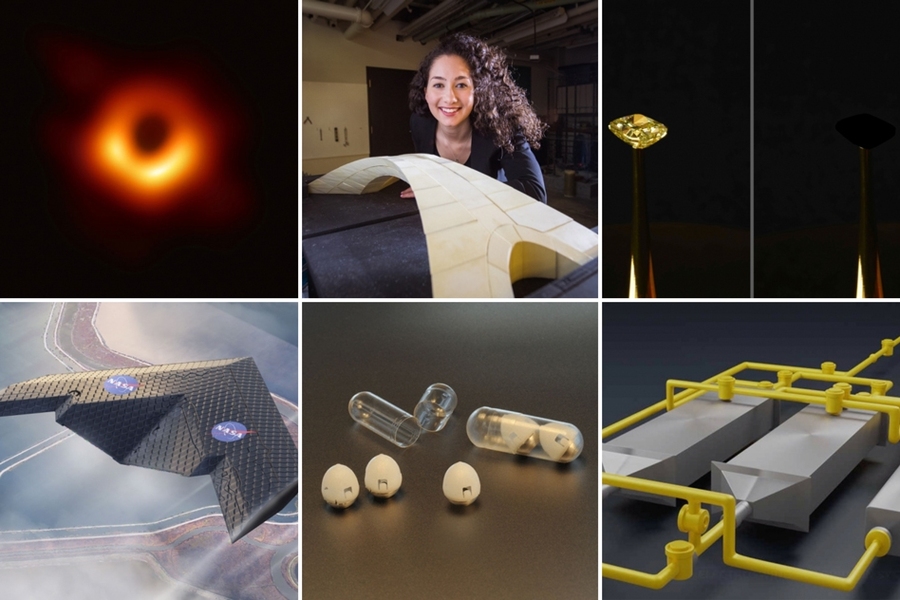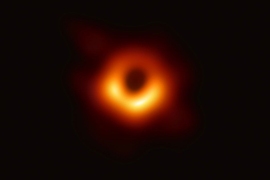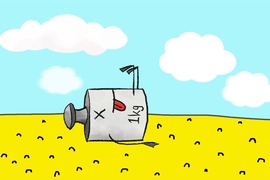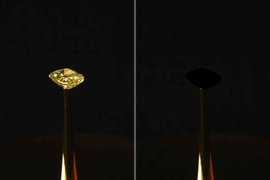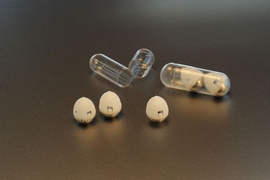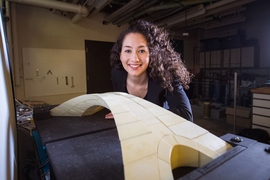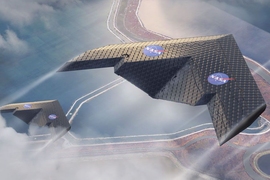With a new year just begun, we take a moment to look back at the most popular articles of 2019 reflecting innovations, breakthroughs, and new insights from the MIT community. The following 10 research-related stories published in the previous 12 months received top views on MIT News. A selection of additional top news that you might have missed follows.
10. We’ve seen a black hole. An international team of astronomers, including scientists from MIT’s Haystack Observatory, announced the first direct images of a black hole in April. They accomplished this remarkable feat by coordinating the power of eight major radio observatories on four continents, to work together as a virtual, Earth-sized telescope.
9. The kilo is dead. Long live the kilo! On World Metrology Day, MIT Professor Wolfgang Ketterle delivered a talk on scientists’ new definition of the kilogram and the techniques for its measurement. As of May 20, a kilo is now defined by fixing the numerical value of a fundamental constant of nature known as the Planck constant.
8. A new record for blackest black. MIT engineers led by Professor Brian Wardle cooked up a material that is 10 times blacker than anything previously reported. The material is made from carbon nanotubes grown on chlorine-etched aluminum foil and captures at least 99.995 percent of incoming light. The material was featured as part of an exhibit at the New York Stock Exchange that was conceived by Diemut Strebe, MIT Center for Art, Science, and Technology artist-in-residence, in collaboration with Wardle and his lab.
7. Further evidence that Einstein was right. Physicists from MIT and elsewhere studied the ringing of an infant black hole, and found that the pattern of this ringing accurately predicts the black hole’s mass and spin — more evidence that Albert Einstein’s general theory of relativity is correct.
6. Understanding infections and autism. MIT and Harvard Medical School researchers uncovered a cellular mechanism that may explain why some children with autism experience a temporary reduction in behavioral symptoms when they have a fever.
5. A step toward pain-free diabetes treatments. An MIT-led research team developed a drug capsule that could be used to deliver oral doses of insulin, potentially replacing the injections that people with type 1 diabetes have to give themselves every day.
4. Da Vinci’s design holds up. Some 500 years after his death, MIT engineers and architects tested a design by Leonardo da Vinci for what would have been the world’s longest bridge span of its time. Their proof of the bridge’s feasibility sheds light on what ambitious construction projects might have been possible using only the materials and methods of the early Renaissance.
3. A novel kind of airplane wing. MIT and NASA engineers built and tested a radically new kind of airplane wing, assembled from hundreds of tiny identical pieces. The wing can change shape to control the plane’s flight, and, according to the researchers, could provide a significant boost in aircraft production, flight, and maintenance efficiency.
2. Simple programming for everyone. MIT researchers created a programming system with artificial intelligence that can easily be used by novices and experts alike. Users can create models and algorithms with the system, “Gen,” without having to deal with equations or handwrite high-performance code; experts can also use it to write sophisticated models and inference algorithms that were previously infeasible.
1. A new way to remove carbon dioxide from air. MIT researchers developed a system that can remove carbon dioxide from a stream of air at virtually any concentration level. The new method is significantly less energy-intensive and expensive than existing processes, and could provide a significant tool in the battle against climate change.
In case you missed it…
Additional top research stories of 2019 included a study finding better sleep habits lead to better college grades; a meta-study on the efficacy of educational technology; findings that science blooms after star researchers die; a system for converting the molecular structures of proteins into musical passages; and the answer to life, the universe, and everything.
